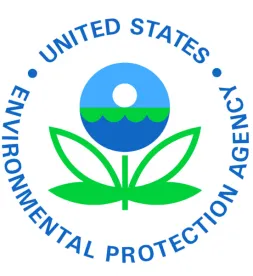On November 16, 2015 EPA Administrator McCarthy signed the proposed Cross-State Air Pollution Rule, CSAPR Update transport rule. The official publication in the Federal Register will be forth coming. There will be much to say about the proposal’s increased reductions and pollution control equipment operational requirements from the coal fired power generation industry, but it is well to take a moment to discuss how the rule treats industrial sources (“Non-EGUs”). EPA has developed a proposal for EGUs that, according to the proposal itself, will not eliminate all of each state’s good neighbor obligations under the 2008 NAAQS. This proposed rule leaves on the table for discussion further emissions reductions from other sources to meet the good neighbor attainment and maintenance obligations under the 2008 Ozone NAAQS.
Citing to the 2017 implementation deadline of the 2008 Ozone NAAQS, EPA comments that it is uncertain that significant aggregate NOx mitigation is achievable from non-EGU point sources to assist in meeting the deadline. EPA is seeking comment on their initial assessment that there is greater uncertainty of non-EGU point source NOx mitigation potential. EPA concedes that in the future for a state to meet its obligations under the transport rule, there may be necessary reductions from the non-EGU sector.
EPA directs commenters to the Non-EGU NOx Mitigation Potential TSD for review found here. EPA views this non-EGU assessment as an initial step in future efforts to evaluate non-EGU categories that may be necessary to fully quantify upwind states’ significant contribution to nonattainment and interference with maintenances.
Future transport rulemakings or guidance could revisit the potential for reductions from non-EGU sources. Under such a scenario, EPA reminds the reader that it could use a similar approach of identifying appropriate cost thresholds for non-EGUs and EGUs alike, and then identify potential emission reductions and corresponding emission budgets. Under that scenario, an emission budget could be established for all covered sources (e.g., EGUs and non-EGUs alike) with fungible allowances. In the case of EGUs, EPA calculated a state-level modeled EGU NOx emission rate (lbs/mmBtu) from the IPM $1,300 per ton uniform cost assessment. Ultimately EPA calculates the emissions budgets for each state based on units in operation and emissions history. EPA is taking comment on the potential to combine EGUs and non-EGUs into a single trading program to resolve the remaining nonattainment and maintenance issues at a later date.
EPA has scheduled a public hearing on December 17, 2015 in Washington, DC. Written comments will be due 45 days following publication in the Federal Register.




 />i
/>i
